Midwinterblood • Marcus Sedgwick
MIDWINTERBLOOD has been on my radar for a little while, friends, but I always balked just a little when it came to reading it. Not sure why. Maybe it’s because it’s a hard book to describe, maybe because the thought of reading another story–even a shorter one that is merely a part of a larger whole–about vampires increased my “meh” quotient. Maybe it’s because I’d never read a book by Marcus Sedgwick and his writing intimidated me. Whatever it was, I’m glad that I held onto it until it came time for the three of us to choose our books for this year, and we all decided to read MINDWINTERBLOOD first. It really does defy description, but it’s still powerful and touching.
One of the things that fascinated me about the structure of this book is the way Marcus Sedgwick broke each of his stories down by full moon. I’ve always been intrigued by this naming of full moons, and I loved the way the moons corresponded to the tales within, and the way those tales wove the entire story together, so I thought I’d shed a little light on those full moons in MIDWINTERBLOOD while also talking a little bit about the stories within.
As I mentioned, MIDWINTERBLOOD is a story of stories. It’s about, not characters, but souls. Souls that have been coming together and broken asunder for centuries. We first meet Eric and Merle on Blessed Island in the year 2073, where they feel instant kinship. We are gradually taken back in time to the beginning of their love–their love that bridges all kinds of relationships–through stories told according to full moons.
So where did this “naming the full moons” thing come from? Lots of cultures, to be honest, but I’m going to stick with the Native Americans here. As you might imagine, there are as many names for full moons and seasons as there are tribes, but generally each tribe named the full moons based on the time of year, the things they might do during that time of year, or the season. I’m going to go in order of the moons in MIDWINTERBLOOD, not necessarily chronologically.
The Flower Moon is one of the nicknames for the full moon in May (it’s also known as the Hare Moon and the Milk Moon). As the month that often sees the blooming of flowers, this one is pretty self-explanatory. It’s also the full moon of fertility and basically getting busy.
MIDWINTERBLOOD | In the book, this is the very first story, when Eric, a journalist, arrives on Blessed Island, which I always assumed was somewhere in the very north of Great Britain. Kind of Orkneys north. He’s come to do a story on it after hearing some interesting things about it. Namely, that people don’t seem to die there. When Eric first sees Merle on the dock after arriving, he’s struck immediately with powerful feelings that he can’t explain. The elder on the island, a man named Tor, is a little strange, and people keep making Eric drink this tea. When Eric tries to discover what’s on the Western side of the island, a side of the island that isn’t on any maps and seems to be blocked off by not just a physical barrier, things get complicated and dangerous.
Like the Flower Moon, Eric and Merle’s connection in MIDWINTERBLOOD begins here. The seeds of their relationship are planted, but not for the first time.
The Hay Moon is one of more uncommon names for the full moon in July. (It’s more commonly known as the Blessing Moon, the Meadow Moon, the Thunder Moon, or the Hot Moon.) The Hay Moon is pretty obviously named as well: it’s the time of year when farmers cut and bale their hay. This is a good time to do some mediation and chill, yo. But most importantly to this story, the Hay Moon is also a time when the abundance of spring slowly begins to turn towards the harvest. The longest day of the year has passed and life is beginning its perpetual cycle of renewal, even from death. DUN DUN DUNNNN.
MIDWINTERBLOOD | This story takes place in 2011. An archaeologist and his team are digging on Blessed Island and find what appears to be a very, VERY old gravesite where an adult and a child are huddled together. In this story, Eric and Merle are mother and son. The story for this moon is really interesting because the mystery of those bodies that the archaeologist and his team find is unsolved but important.
The Grain Moon is a full moon nickname for the month of August. As you might guess, it’s associated with…grain. Specifically the fact that the grain is just about ready to be harvested. It’s also called the Green Corn Moon, which viewers of Pocahontas might recall. It’s a good time to celebrate and have fun. Too bad this wasn’t actually happening in…
MIDWINTERBLOOD | …where we find ourselves in August of 1944. The world is in the middle of a war, and an airplane pilot finds himself shot down over Blessed Island. Erik and Merle in this story never actually meet, and I find this completely fascinating. Erik never knows Merle, and Merle only knows Erik (now spelled with a “k”) from stories. But even across time and space, she feels a connection to him indirectly, and we begin to understand the nature of the connection Erik and Merle’s souls have with each other. These are when the stories really started to touch my heart in kind of subtle ways. HELLO! THEY NEVER EVEN MET.
HEYO, Fruit Moon! It’s September! Maybe you’d think of this moon more as the Harvest Moon, since that’s what it’s associated with: the harvest. The bounty of the Earth. Reaping what you’ve worked to grow over the spring and summer, physically and emotionally. Preparing for winter. Storing up.
MIDWINTERBLOOD | While I was reading, this story was my favorite until we got to the end. It’s called “The Painter,” and takes place in 1902. In this story, Erik and Merle are an old man and a young girl. He is a hermit old painter who lives on the Western side of what is now called Blest Island. (We get a pretty awesome etymology of the word “blessed” that evolves back to its original meaning as the stories progress.) Merle is an inquisitive and bright young girl who lives with her mother. Despite promising her mother never to go to that side of the island and bother the “dragon” that lives there, Merle goes there anyway and strikes up an unlikely friendship with Erik. It’s a very sweet story, but also tinged with dark as most of the stories are.
The name of the full moon in October, or one of them anyway, is the Hunter’s Moon. It definitely applies to the story we get in MIDWINTERBLOOD, but this moon was meant for the time of year when animals were slaughtered to be stored for winter months and when hunter’s went in search of game for the same reason. It’s also meant as a time to do some soul-searching.
MIDWINTERBLOOD | We’re getting into the nitty gritty in terms of the origin of Erik and Merle and the first time their souls interacted, but this story has a really lovely and bittersweet twist (well, all of the stories do, but this one a little more than the others). Erik and Merle are the subjects of a bedtime story being told to two young children living on Blest Island in 1848. There are some spoilers though, so I won’t go into details here, but this story in particular spoke to me clearly and strongly about the true nature of this book: it’s not really about the specific details of two people, or even two souls. It’s about the universality of love, and how love can be fated, and different. All kinds of love are the only kind (a paraphrase from one of the loveliest books ever, TIGER LILY by Jodi Lynn Anderson).
Shit’s getting real now, you guys. The Snow Moon is the nickname for November’s full moon and, obviously, it’s getting cold. It’s a time to hunker down, rest your body and mind for the hard work of the coming spring.
MIDWINTERBLOOD | It’s also time for vampires. I was curious about how this story was going to turn out, but guys, I really enjoyed it. It felt like a very old tale, which it is: We’re now on Bloed Isle in the 10th century. Big time jump. I’m talking Vikings here. But not just Vikings. There is something on Bloed Isle that is slaughtering animals and people in the night. There are brothers just returned from a long journey, but all is not right. Erik and Merle in this story are siblings, and I loved them. They loved each other. And I loved their story not just because it was sad and touching and a little eerie, but because it also started to tie things together, which is something Marcus Sedgwick does very well.
Only one more story to tell now.
This is obviously a bad sign. There is no month associated with the Blood Moon–it just IS at any time.
MIDWINTERBLOOD | We’ve now reached the last story, which is also the first. (HELLO, circles!) The first Erik and Merle. There is no time except long ago. Erik is now Eirikr, and he is a king. His people are starving, and have been for many years. Merle is Melle, and she is the queen. In these long-past brutal times, sacrifices are made to the gods in hopes of a bountiful harvest, or any harvest at all. Eirikr and Melle love each other deeply, and all is not well, but that’s where I’ll leave it so that you can discover this tale on your own. I will say that I loved how Marcus Sedgwick ably managed the different tones of the stories. This last had a very old feeling, and also one of my favorite quotes because it encapsulates a big theme of this book:
It cannot be, he thinks, that when our life is run, we are done. There must be more to man than that, surely?
That we are not just one, but a multitude.
I’m not really doing these stories and their meanings justice, friends. I don’t want to spoil the lovely way they tie together, the sadness and hopefulness, the way connections between people come in all manner of relationships. I loved the way things happened cyclically, the way time moves in the same pattern. It highlighted the way Eric and Merle transcended time. Who doesn’t wish for that kind of bond?
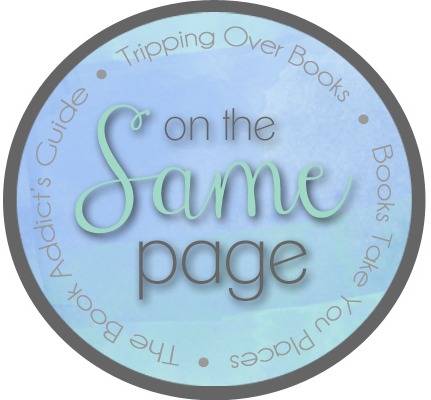
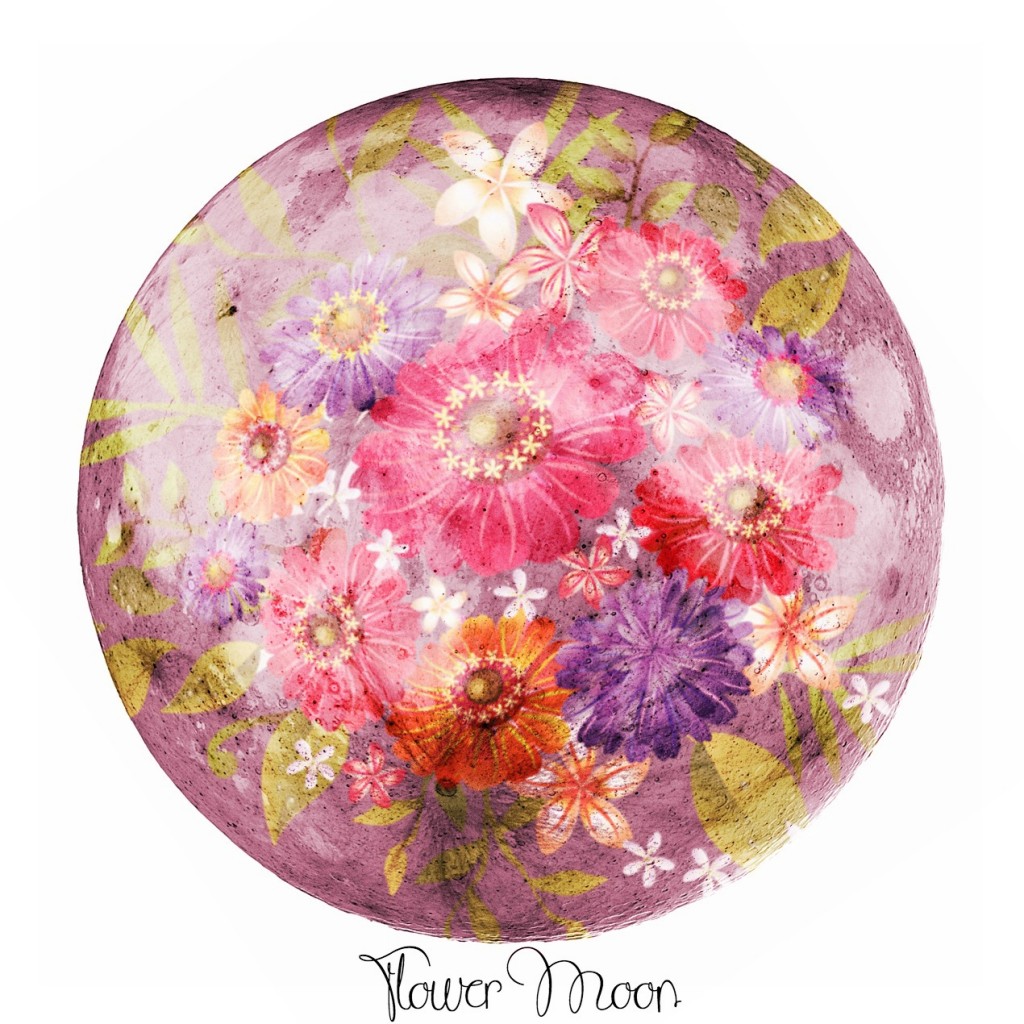
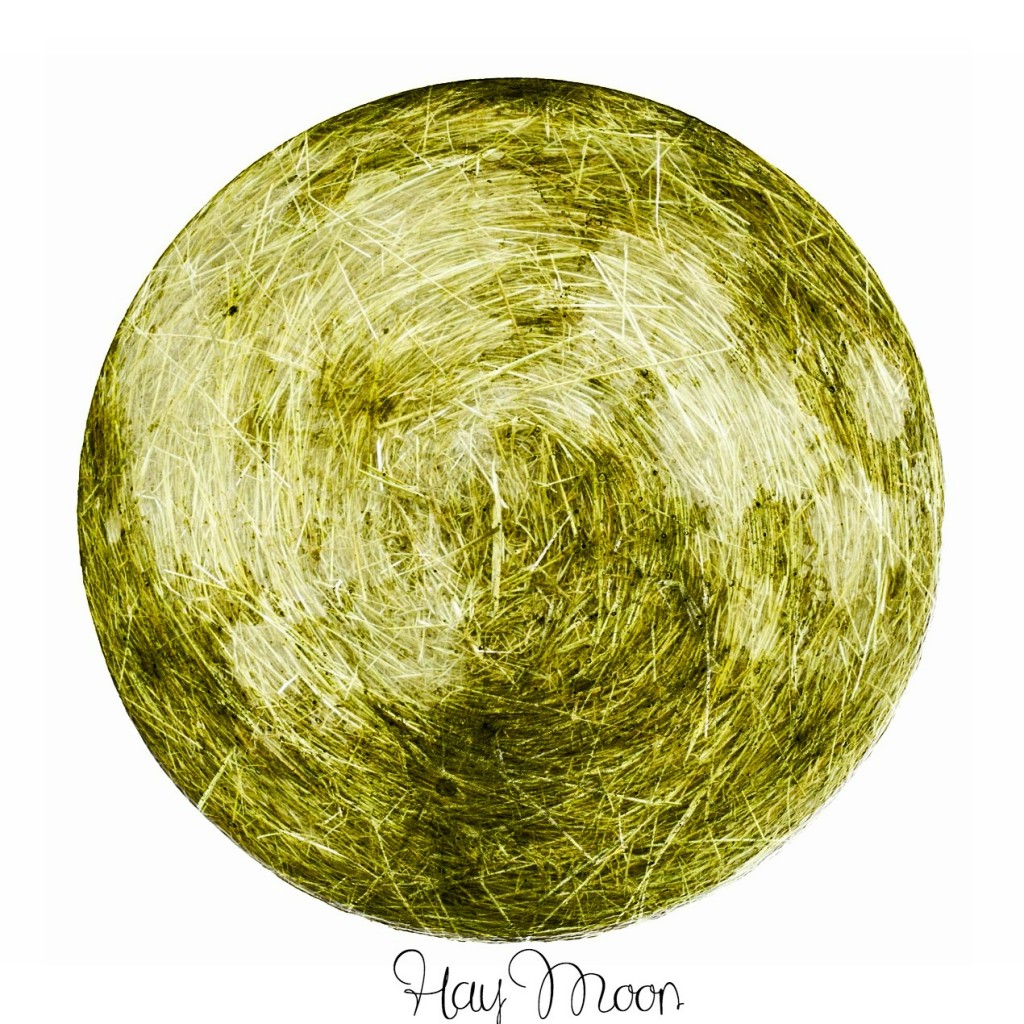
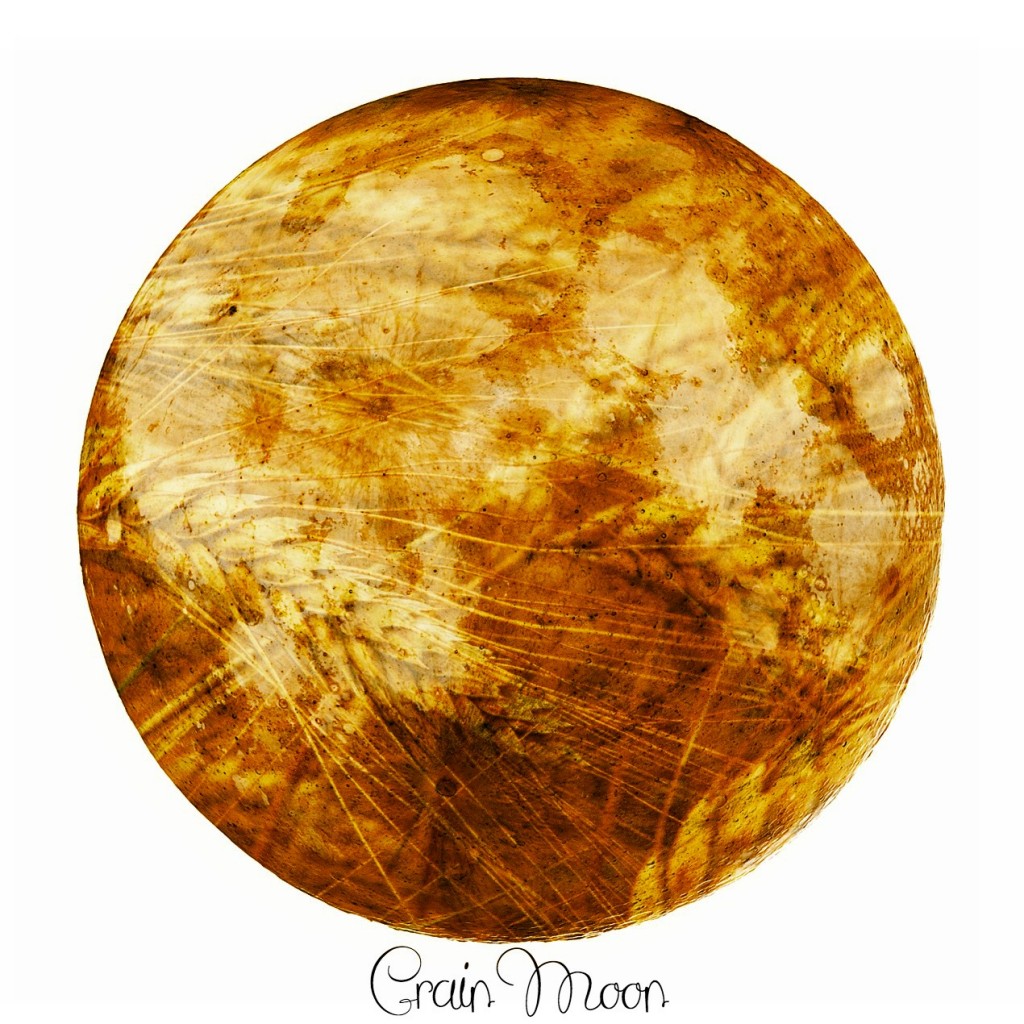
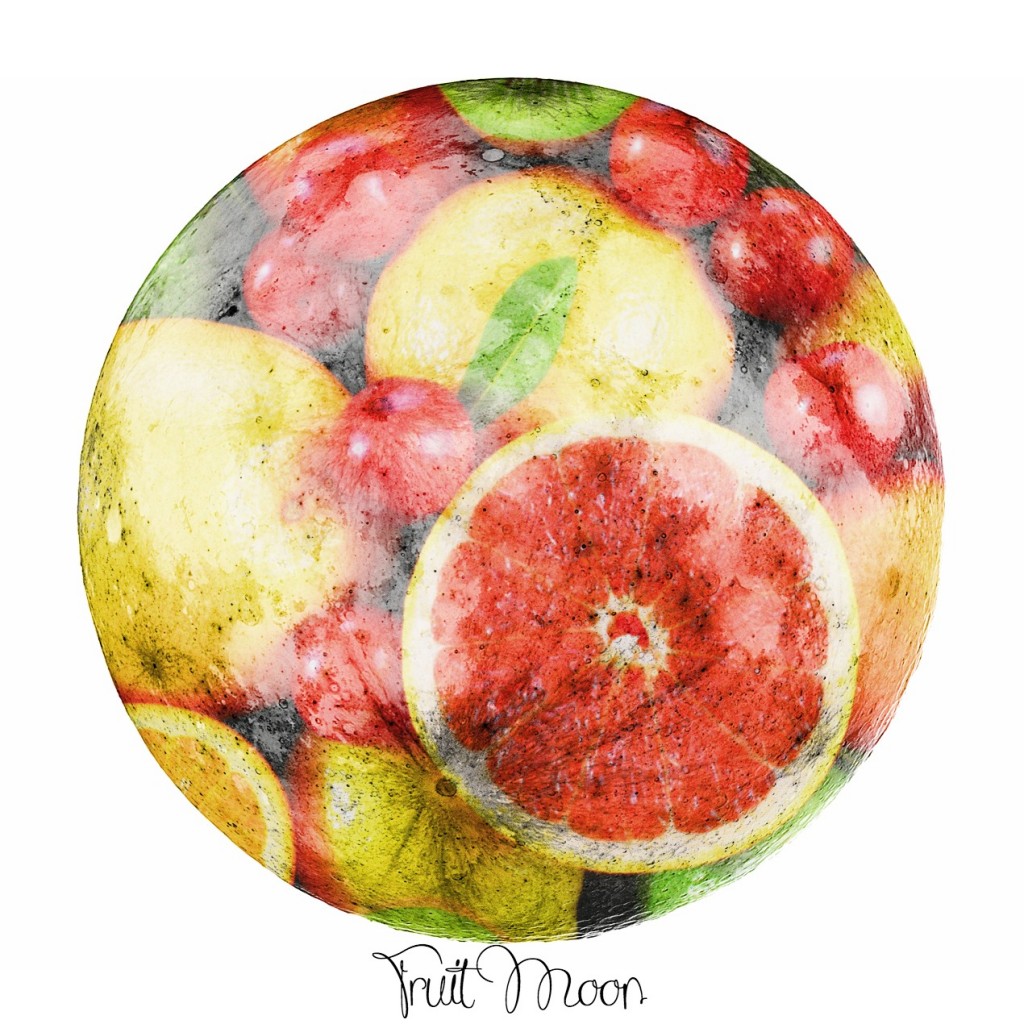
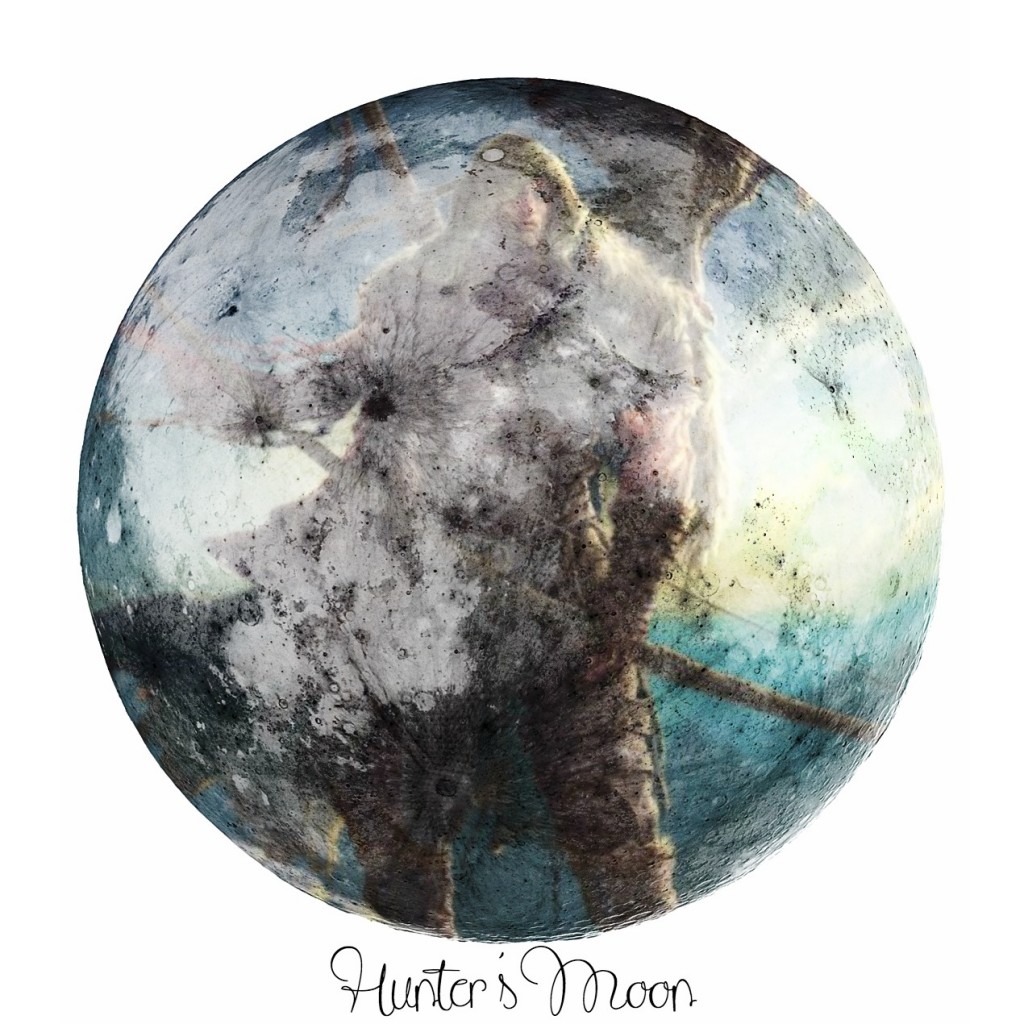
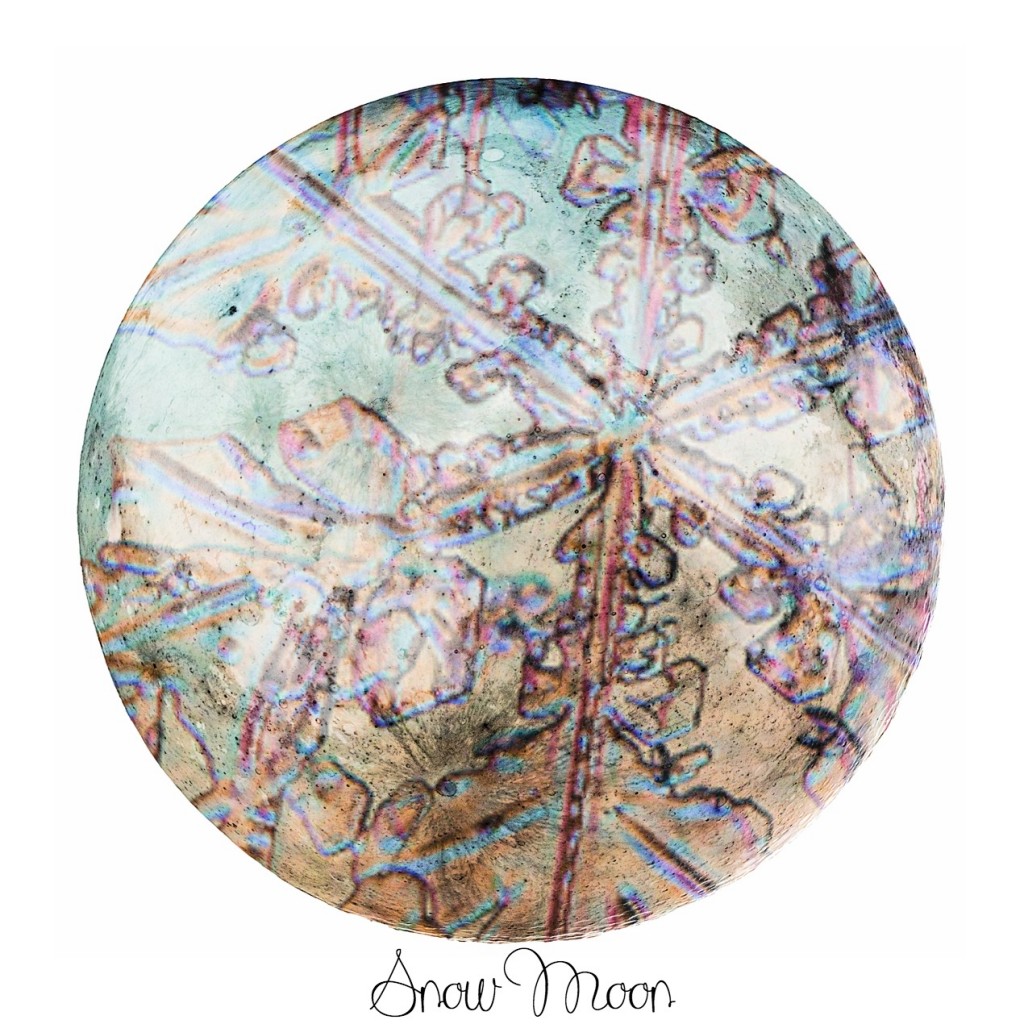
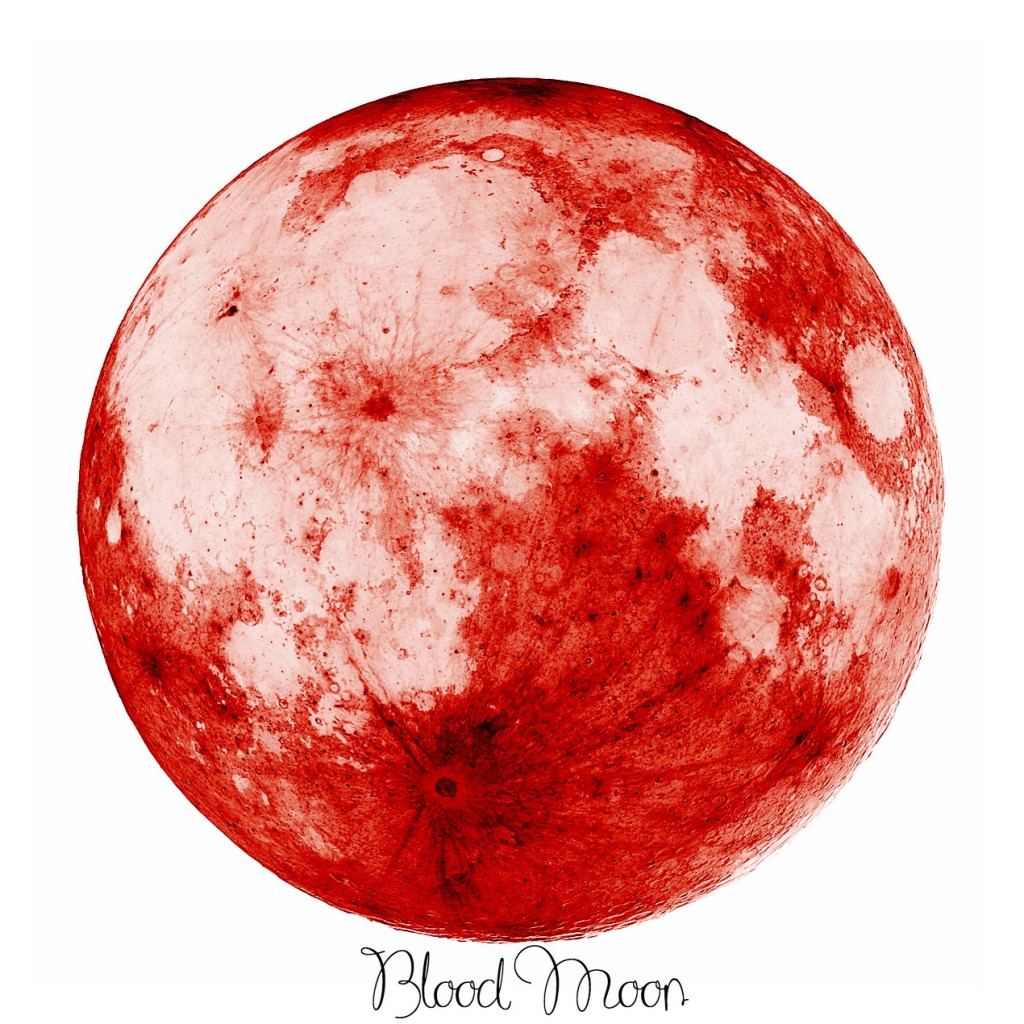




I was really intrigued by the moon phases used in this story but never researched it further. This is great! Thanks so much for putting it together. (I hope all of you read The Ghosts of Heaven soon–similar style but somewhat different content. I really loved both.)
It is SO fascinating that you touched on the moon phases in your post, Amy! I loved learning a little more about each one. It actually kind of makes me want to reread it!